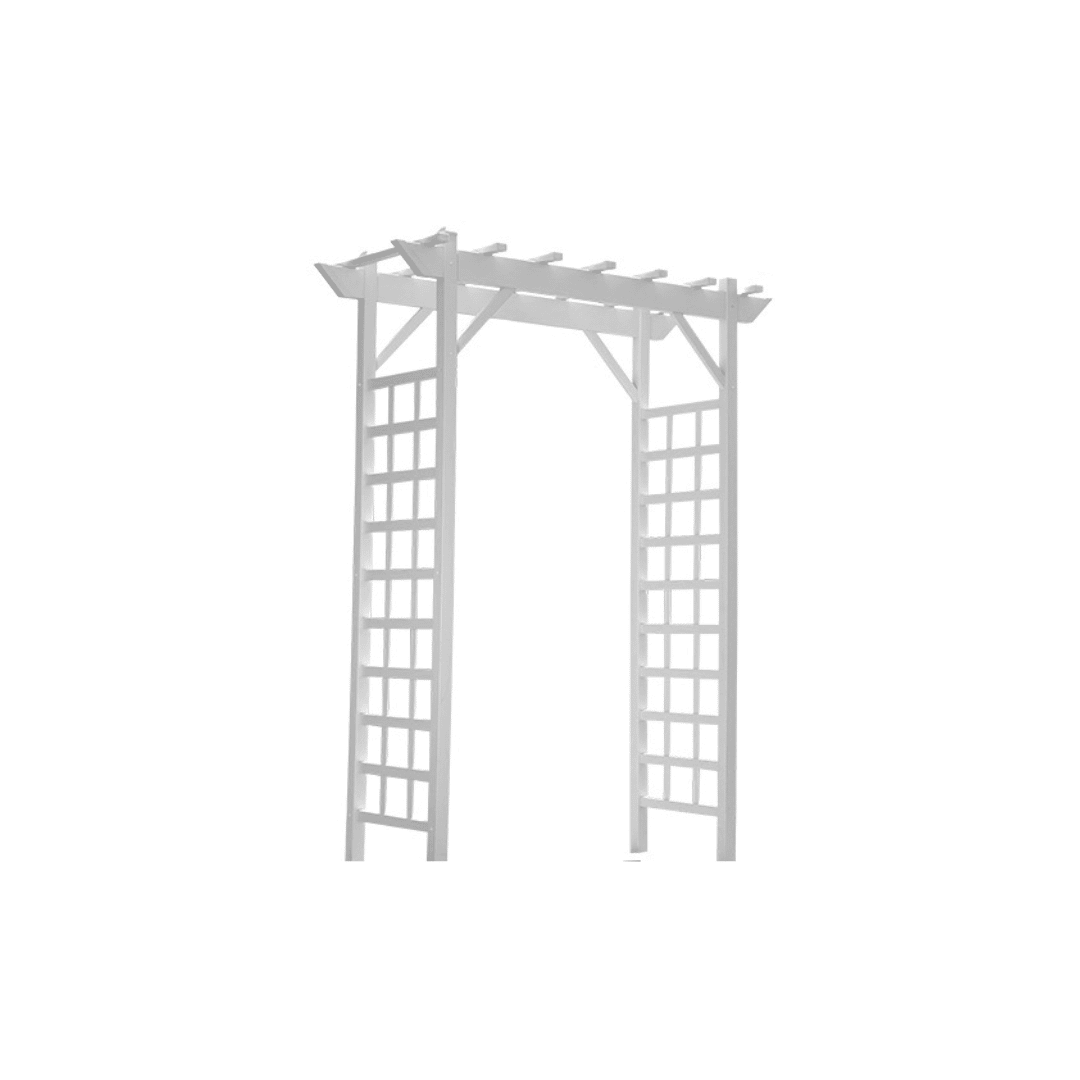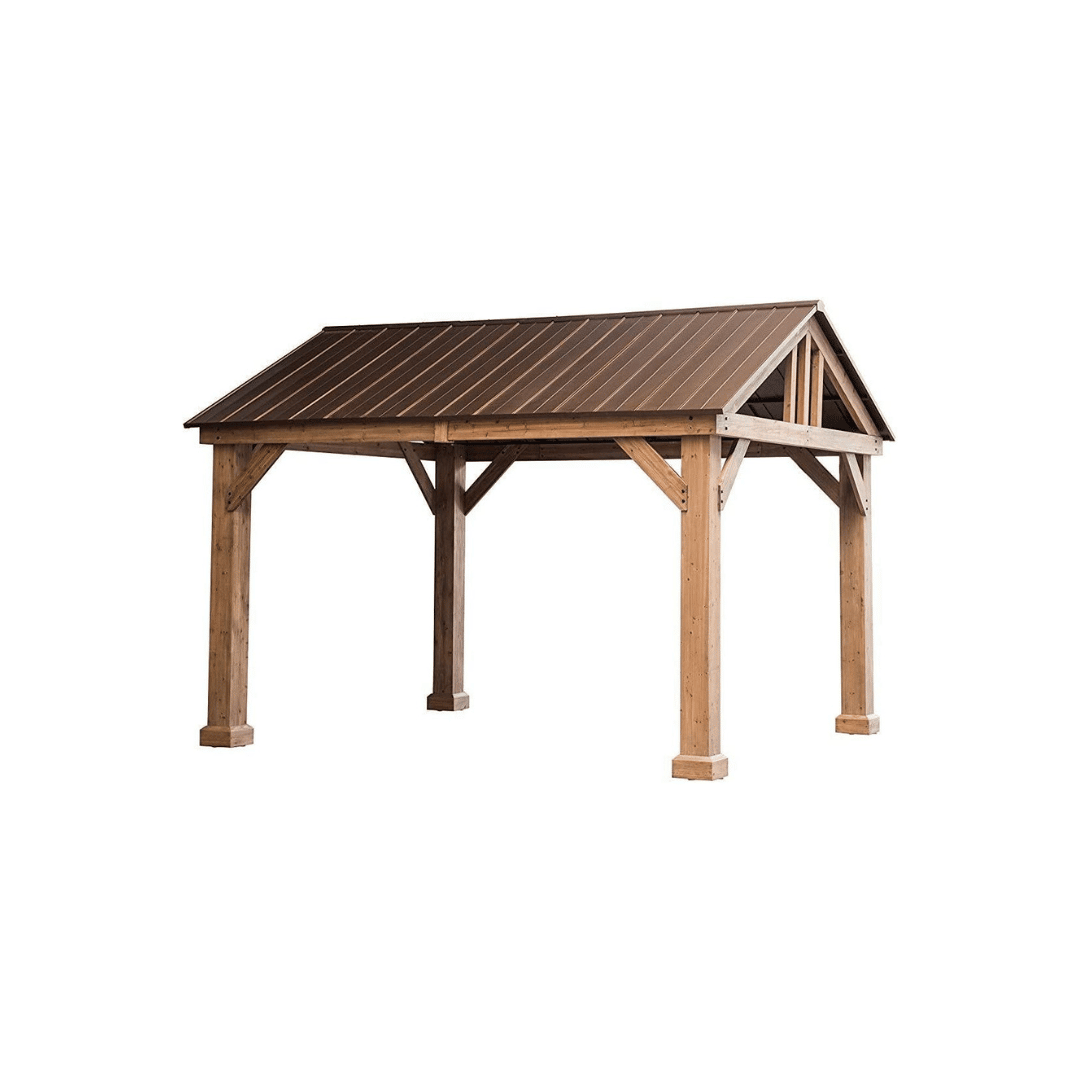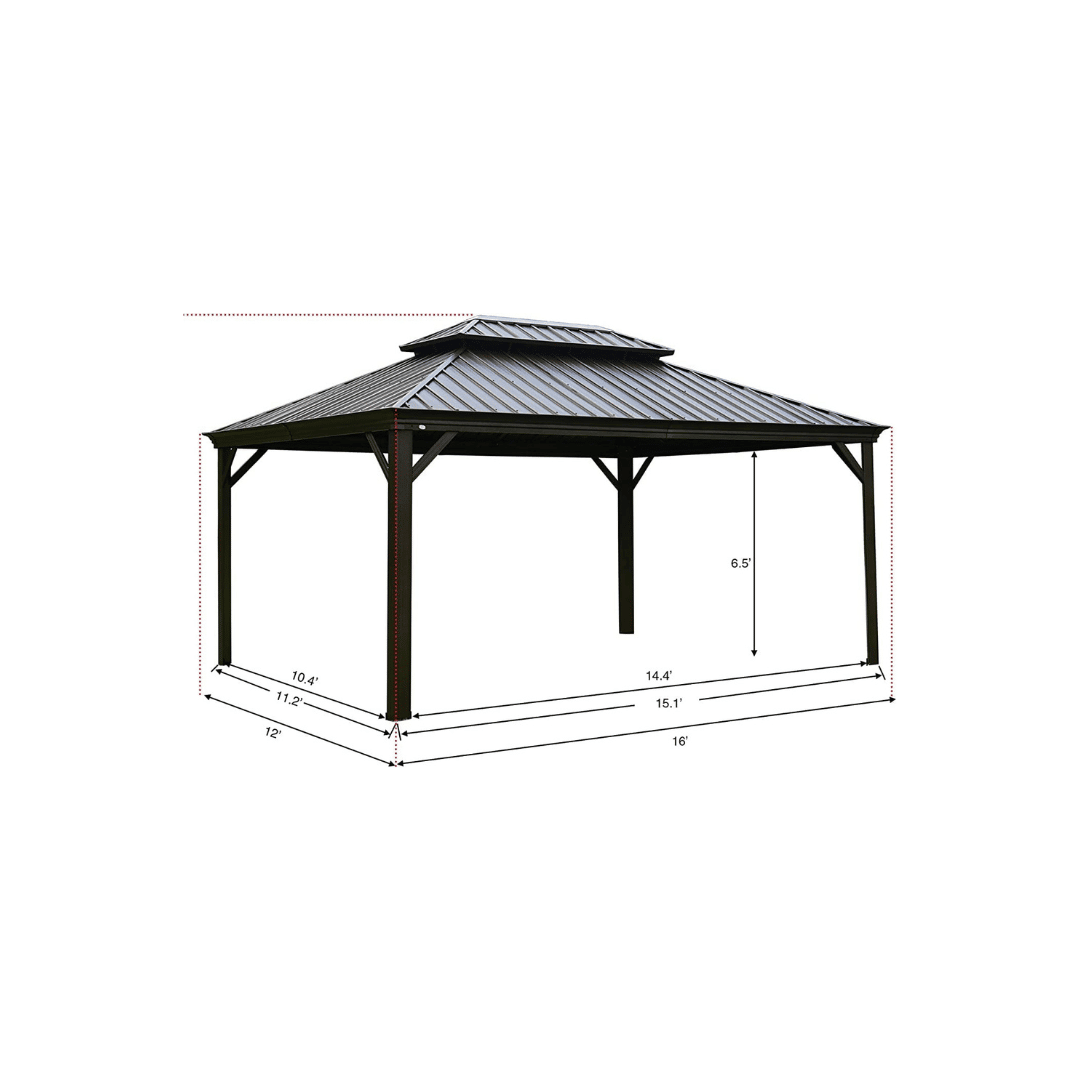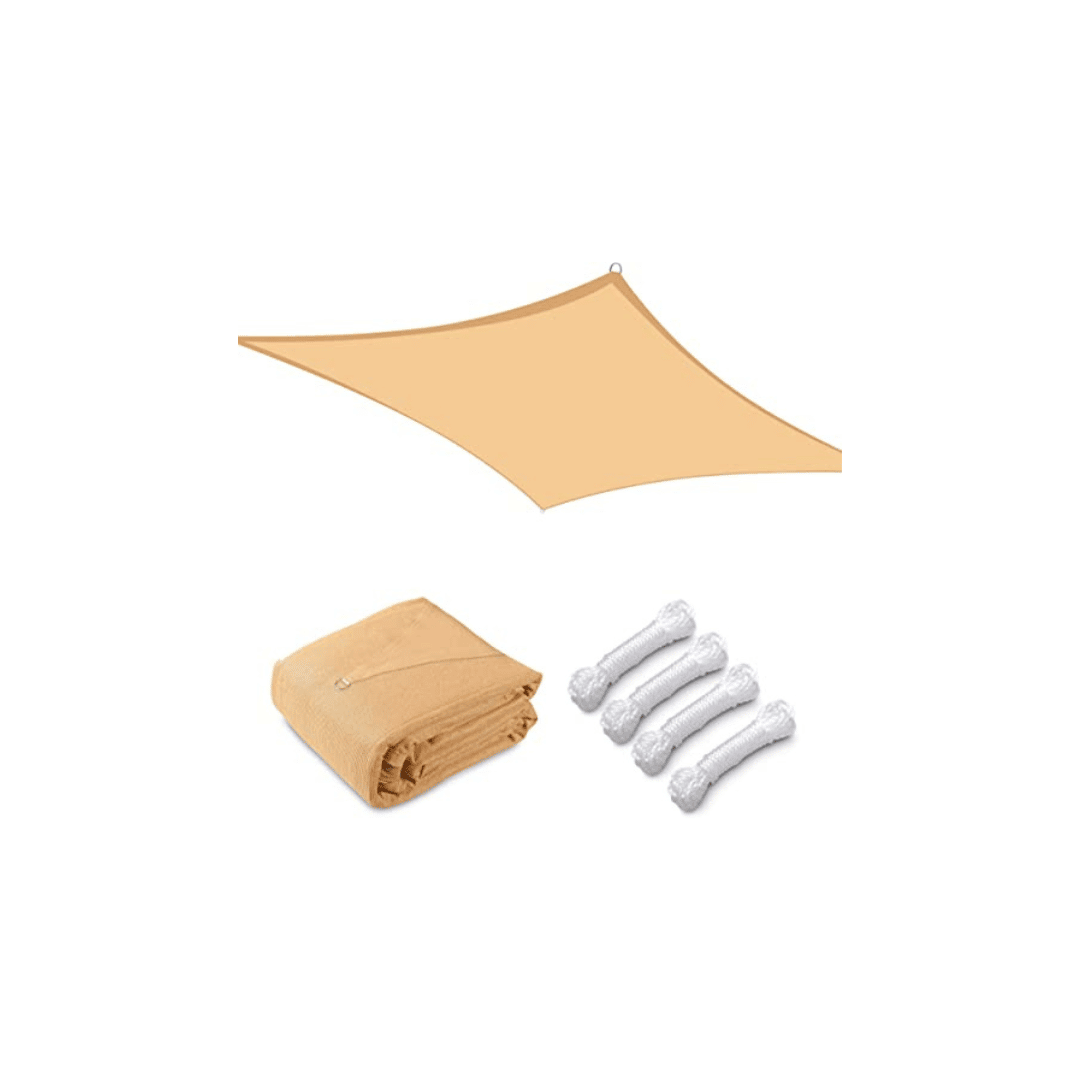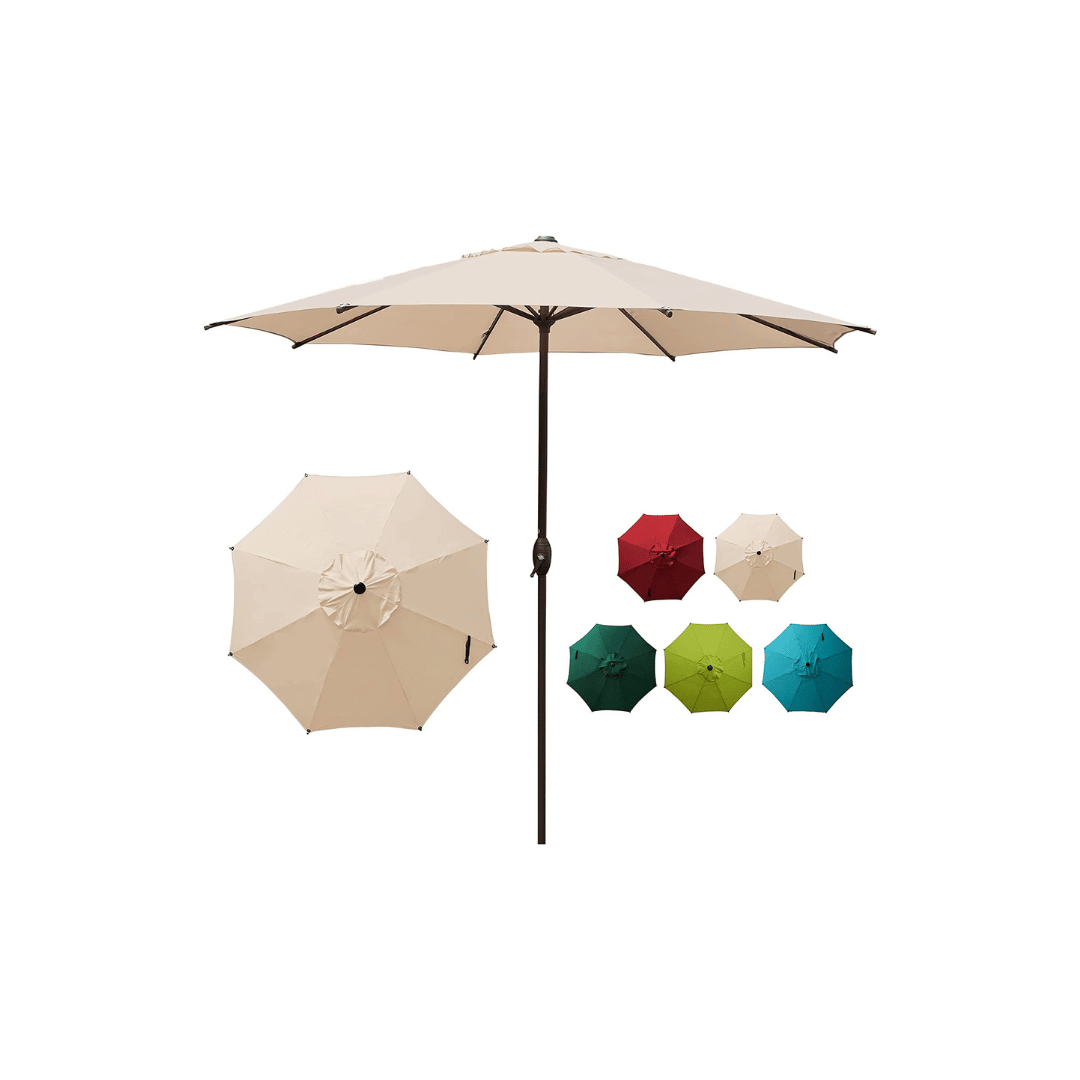Are you planning on decorating your garden?
Not sure whether to get a pergola or gazebo?
With our Florida sun, a lot of homeowners like to spend their time outdoors. That’s why you’ll see that most of their yards have a landscaping feature that doubles as a comfortable outdoor living space.
Besides the pergola and gazebo, there are other types of embellishments that you can get. You can choose between an arbor, pavilion, shade sail, patio umbrella, or a combination of these for your home. Most people get confused with some of these structures since they look the same from a distance. Each type has its own unique features, but all of them offer sun protection and a bit of privacy.
According to the American Society of Landscape Architects or ASLA’s 2018 Residential Landscape Architecture Trends Survey, the pergola is the most popular choice for outdoor structures that provide shade; followed by the arbor, pavilion, and then gazebo.
If you are already set on getting a pergola, you should know there are different types you can choose from. Find out which pergola is the best fit for your home. If not, here is a guide that provides information on the general design, purpose, pros and cons, FAQs, and best products of the different kinds of backyard embellishments that provide shade.
1. Pergola
A pergola is a wide-open outdoor embellishment supported by four beams and has no walls. This structure can be freestanding or connected to your home.
Its flat roof traditionally has a lattice or trellis design which offers partial shade, but sometimes screens are added to provide more cover. You may also add vines or sheer curtains to increase privacy and shade.

But the primary purpose of pergolas is not to completely shelter people. Its traditional design is built to allow more air circulation and sunlight can pass through. Think of it as just a relief from the harsh Florida sun. So if you don’t mind a little sun, and you won’t be using your outdoor shade structure when it’s raining, you can opt for a pergola.
Other than that, this structure is used to create an outdoor extension of a home or patio. You can use it for outdoor dining or entertaining guests. It can also be placed on a deck or at the poolside area. Adding this embellishment upgrades the look of your backyard.
The construction cost and time will depend on what type of pergola you get. There are ones that can be made from a kit or bought whole. You can also build one on your own or get a contractor to custom build you one.
Pros
Cons
faqs
Two moderately skilled people can usually install a pergola kit in 8 to 12 hours.
No, pergolas are not sturdy enough for swing chairs and other hanging furniture for sitting.
Most pergolas do not need any concrete as they can be assembled on the ground.
It depends on your preference. To find out which one is best for you, here are different kinds of wood you can use and other materials.
Recommended Pergola
Backyard Discovery Oasis Pergola
14 feet x 10 feet
Multi-level pergola
Classic archway design, modern-looking cedar finish
Comes with a built-in bench with armrests and bar
Made out of durable resin to prevent decay from ground moisture
Durable due to concrete anchors and 5 ½” cedar posts with diagonal braces
Note
If you want a professionally built pergola that is fully code compliant, you will need to hire a local contractor. I recommend using the HomeAdvisor network, because typically their contractors are more price competitive. Submit your free estimate request here.
2. Arbor
It’s easy to confuse an arbor with a pergola because they have the same lattice or trellis design. But what makes the arbor different is that its side also has a lattice framework. It can have two or four beams and often has an arched top.
Similar to a pergola, vines can be used to increase shade and privacy for this structure.

Arbors are primarily used to accentuate walkways, paths, and entrances of backyards or gardens. Their purpose is to decorate gates and yards, and sometimes even outdoor weddings.
Some people also use them to shelter a seating area or bench. If you only want an outdoor shade structure for the reasons above, then you should get an arbor.
Pros
Cons
faqs
Around 3 to 6 hours, if it’s a kit.
Since it is used for walkways, it should be more than six feet high and has a width of at least three feet. It can be as wide as 10 feet, as long as it’s properly scaled to the walkway.
It’s best to cement the arbor to the ground during hurricane season.
Recommended Arbor
Dura-trel Providence Arbor
Outside dimensions: 64 inches W x 85 inches H x 28 inches D
Inside dimensions: 42 inches W x 78 inches H x 22 inches D
2 by 2-inch posts and 16-inch steel ground anchors
Pergola-styled arbor top
Easy to assemble and to install ground anchors
PVC vinyl will not crack, peel, fade, or discolor
Comes with a 20-year warranty
3. Pavilion
A pavilion is a fully-covered pitched roof structure with open sides that provides shade as well as shelter from the rain.
It is supported by four or, if bigger, six posts. Similar to a pergola, it can also be freestanding or an outdoor extension of your home that is attached to a patio, deck, or concrete area.
Pavilions are commonly used to cover a seating area or a deck. Since it is typically bigger than the other types of outdoor shade structures, there are plenty of available upgrade options.
If you install a wall, it provides more cover and can be used as an outdoor kitchen or bar. Place some picnic tables or make it more comfortable by adding a couch. If you want an outdoor shade structure you can use even when it’s raining, a pavilion is one of the options you can get.
Note: If you’re not that particular with the design, you can build one from a kit.
Pros
Cons
faqs
It has open sides and a gable roof while most gazebos have a hexagonal or octagonal shape.
If you prefer a rustic look, choose wood, but it will require more maintenance. Vinyl pavilions give a more modern and sleek appearance and are low-maintenance.
This year, the average cost to build this structure is around $3,000 to $12,000. The materials or kit cost $1,000 to $5,000.
Recommended Pavilion
4. Gazebo
The easiest way to differentiate a gazebo and a pavilion is by its shape. The gazebo is a hexagonal or octagonal structure with a fully-closed solid roof that is often added on patios, decks, gardens, or concrete area.
Because of its oval design, it’s great to place it in an area with a nice view. It can also be freestanding, have a built-in floor, or attached to a wall.
Its side is usually semi-open with railings and it can be designed with lattices, trellises, or curtains. Sometimes gazebos have screened-in walls so that bugs can’t enter inside.

This embellishment is typically used as a retreat or meeting space in public areas. But today, they are installed in private residences for the same purpose. Homeowners who love spending time outdoors install these to provide shade and shelter from the rain.
This is another outdoor shade structure you can install if you want to spend time outdoors even when it’s raining.
Note: If you’re fine with any style, you can buy a kit and assemble it.
Pros
Cons
faqs
Two people can do it in 6 to 8 hours.
Aside from hexagonal and octagonal, gazebos can be round, oval, square, and rectangular.
The small second roof that crowns on the top of a gazebo is called a cupola.
Recommended Gazebo
Kozyard Alexander Permanent Gazebo
10 feet x 12 feet and triangular stand pole of 4.7 inches by 4.7 inches
Has two layers with sidewalls (mosquito net and strong 180gsm polyester solid sidewall)
PBV-coated polyester mosquito netting
Dark brown-colored rust-proof aluminum frame
Hardtop instead of normal fabric or polycarbonate material (5-year warranty)
Removable steel railing on all sides
Note
If you want a professionally built gazebo that is fully code compliant, you will need to hire a local contractor. I recommend using the HomeAdvisor network, because typically their contractors are more price competitive. Submit your free estimate request here.
5. Shade Sails
Shade sails are a great way to provide shade without having to spend so much or finding a space for it. It can effectively block UV rays and allow us to enjoy the outdoors.
Unfortunately, most models will not be waterproof to prevent water from pooling. If it collects the water, the shade sail would slack, or worse, break.

But you could also get water-resistant shade sails. If it’s created with HDPE mesh fabric, the water will run off the material. Of course, this will still depend on the slope of the sail.
Pros
Cons
faqs
If properly installed, a shade sail can withstand 85 mph winds.
It is advised that the shade sail is 12 inches away from the anchor point.
Recommended Shade Sails
6. Patio Umbrellas
If you don’t have space or budget for any of the structures mentioned above, you can opt for a patio umbrella. It’s a simple and inexpensive way to provide shade outdoors. Not only is it convenient, but it is portable, too!

There are many types of patio umbrellas — it’s best to choose one based on the size, design, function, and color to match your outdoor area’s theme.
Pros
Cons
faqs
Yes, most models are durable that you don't need to store them when it's not being used.
The patio umbrella should extend more than 2 feet on all sides of a patio table.



